Warren noted that he rarely used the Widgets panel or Microsoft Teams, citing that he preferred the weather display that later versions of Windows 10 offered, and didn't use Teams to communicate with his friends and family. He also acknowledged the expansion of Microsoft Store to include more "traditional" desktop applications. Cunningham concluded that "as I've dug into and learned its ins and outs for this review, I've warmed to it more", but argued that the OS was facing similar "public perception" issues to Windows Vista and Windows 8. If your existing Windows 10 PC is running Windows 10 20H1 or later and meets the minimum hardware specificationsit will be able to upgrade to Windows 11.
The upgrade rollout plan is still being finalized, but for most devices already in use today, we expect it to be ready sometime in early 2022. Not all Windows 10 PCs that are eligible to upgrade will be offered to upgrade at the same time. To see if your PC is eligible to upgrade, refer to our knowledge base for a list of tested systems. Once the upgrade rollout has started, you can check if it is ready for your device by going to Settings/Windows Updates.
Similar to how end users are notified when updates are available in Windows 10, end users will see an indication in the notification areas of the taskbar in the bottom right, that the upgrade is available. More information on how that is presented will be available at a later date. Additional desktop notification options may be also be added at a later date. Original equipment manufacturers can still ship computers without a TPM 2.0 coprocessor upon Microsoft's approval.
Some third-party software may refuse to run on unsupported configurations of Windows 11. A redesigned user interface is present frequently throughout the operating system, building upon Fluent Design System; translucency, shadows, a new color palette, and rounded geometry are prevalent throughout the UI. In October 2019, Microsoft announced "Windows 10X", a future edition of Windows 10 designed exclusively for dual-touchscreen devices such as the then-upcoming Surface Neo.
Legacy Windows applications would also be required to run in "containers" to ensure performance and power optimization. Microsoft stated that it planned to release Windows 10X devices by the end of 2020. Internet Explorer has been replaced by the Chromium-based Microsoft Edge as the default web browser, and Microsoft Teams is integrated into the Windows shell. Microsoft also announced plans to allow more flexibility in software that can be distributed via Microsoft Store, and to support Android apps on Windows 11 . Windows 11 update is just around the corner, with a redesigned interface and powerful new features coming to the operating system when it is released on October 5. The company's biggest upgrades to Windows since it launched the previous version back in 2015 will not be available to all users, thanks to stringent new hardware requirements.
For users that do have compatible hardware, Microsoft is promising useful new features like seamless updates with Windows 11. Now, the company has explained how to make them all work after users update to the new operating system. As before, Microsoft doesn't recommend installing Windows 11 on a device that doesn't meet the system requirements — though you can still do so.
One thing to keep in mind is you might not get updates on a PC with an unsupported processor. When Microsoft first released Windows 11 on October 4th, the company said it expected it would offer the upgrade to all eligible devices by mid-2022. Instead of the somewhat clunky tiling system found in the previous iteration of the iconic taskbar, Windows 11 peels away the cruft and gives you what you need. In my case, it's a list of recently accessed files along with a tray of pinned apps for easy access, with a universal search bar at the top for easy web (or on-device) searching. The clean lines and use of widgets to display information like weather, news, and photos is a welcome change of pace from the busy screen in Windows 10. Microsoft does not recommend downloading Windows 11 on PCs that do not meet its standards, such as minimum 4GB of RAM, 64GB storage, TPM chips, and supported processors.
Windows 11 will not come as an automatic update for unsupported devices, but users will be able to download it off the web. Microsoft has an app called PC Health Check, which can be used to determine if a PC is ready for Windows 11. Some PCs also have TPM chips installed but disabled and you can turn them on by going into your BIOS settings. To put it precisely, if your PC or laptop has a 7th Gen Intel Core or AMD Zen 1 processor and meets other hardware requirements, it will run the Windows 11 preview build.
The stable build of Windows 11 will, however, not support these two CPU families, according to what Microsoft has necessitated at this moment. But Microsoft may change its stance at the time of release depending on the feedback that it will get on the Windows 11 preview build. The new Windows OS takes cues from its smartphone relatives, simplifying basic settings changes and making them easy to access.
One click or tap in the corner of your taskbar to pull up a control panel similar to Apple's Control Center, which lets you futz with settings like brightness and volume, connectivity, and more. Windows apps now feature more aesthetically pleasing curved corners, and the Settings app has more options to change how you interact with the OS thanks to more accessibility features. New sounds and audio cues are available for blind users, and themes for people with light sensitivity or those working long hours have been updated to be easier on the eyes. The biggest change to Windows 11 is its more stringent hardware requirements. If your PC is recent, say, within the past five years, you should be alright, but older devices may be stuck with Windows 10 for the foreseeable future. That's not to say the company won't be providing security updates to Windows 10, but that's about as much as you can hope for.
Since the controversial hardware decision—implemented for both performance and security reasons—Microsoft added Windows 11 support for some older computers, but the company still recommends against it. Windows 11 SE was announced on November 9, 2021, as an edition exclusively for low-end devices sold in the education market, and a successor to Windows 10 S. It is bundled with applications such as Microsoft Office for Microsoft 365, Minecraft Education Edition, and Flipgrid, while OneDrive is used to save files by default. Windows 11 SE does not include Microsoft Store; third-party software is provisioned or installed by administrators. As part of the minimum system requirements, Windows 11 only runs on devices with a Trusted Platform Module 2.0 security coprocessor. According to Microsoft, the TPM 2.0 coprocessor is a "critical building block" for protection against firmware and hardware attacks.
In addition, Microsoft now requires devices with Windows 11 to include virtualization-based security , hypervisor-protected code integrity , and Secure Boot built-in and enabled by default. The operating system also features hardware-enforced stack protection for supported Intel and AMD processors for protection against zero-day exploits. The taskbar's buttons are center-aligned by default, and it is permanently pinned to the bottom edge of the screen; it cannot be moved to the top, left, or right edges of the screen as in previous versions of Windows. The "Widgets" button on the taskbar displays a panel with Microsoft Start, a news aggregator with personalized stories and content (expanding upon the "news and interests" panel introduced in later builds of Windows 10). Microsoft Teams is similarly integrated with the taskbar, with a pop-up showing a list of recent conversations. Citing security considerations, the system requirements for Windows 11 were increased over Windows 10.
While the OS can be installed on unsupported processors, Microsoft does not guarantee the availability of updates. Windows 11 also drops support for 32-bit x86 CPUs and devices which use BIOS firmware. The "windows insider" page says that my pc doesn't meet the minimum requirements for windows 11 but still i can still install the update through dev channel, so should i still install it? Btw also checked the official microsoft website and it says that i need to be degrading back to w10.
So if possible please tell us how to revert back to windows 10 from 11. If the Microsoft Surface family of products isn't your style though, other brands like Dell, Asus and HP have all released pages online that specify what devices are Windows 11 ready. Note that many won't come with the new operating system installed, but as they all meet the minimum system requirements, you can simply buy the laptop or 2-in-1 as normal and then update it yourself. At least 16GB of RAM The basic system requirements of Windows 11 differ significantly from Windows 10. Windows 11 only supports 64-bit systems such as those using an x86-64 or ARM64 processor; IA-32 processors are no longer supported. Thus, Windows 11 is the first ever consumer version of Windows not to support 32-bit processors and 16-bit software .
The minimum RAM and storage requirements were also increased; Windows 11 now requires at least 4GB of RAM and 64GB of storage. S mode is only supported for the Home edition of Windows 11. The compatibility list includes the Intel Core i7-7820HQ, a seventh-generation processor used by the Surface Studio 2, although only on devices that shipped with DCH-based drivers. Windows 11, the first major Windows release since 2015, builds upon its predecessor by revamping the user interface to follow Microsoft's new Fluent Design guidelines. The redesign, which focuses on ease of use and flexibility, comes alongside new productivity and social features and updates to security and accessibility, addressing some of the deficiencies of Windows 10.
In January 2021, it was reported that a job listing referring to a "sweeping visual rejuvenation of Windows" had been posted by Microsoft. A visual refresh for Windows, developed under the codename "Sun Valley", was reportedly set to re-design the system's user interface. Not everyone wants to upgrade from Windows 10 to Windows 11 mainly because of unknown installation errors and slow performance due to carried-over files.
So if you are an advanced user and want to clean install Windows 11 on your PC, we need to get back to the bootable method. Note that, by clean install, I don't mean erasing all of your partitions and files. This method will only wipe the C drive, including files and programs stored within the C drive.
You can refer to our knowledge base for a list of tested systems to determine if your device eligible to upgrade to Windows -11. Many PCs that are less than four years old will be able to upgrade to Windows 11. They must be running 20H1 or later version of Windows 10 and meet the minimum hardware requirements to receive the Windows 11 upgrade.
Upgrades to Windows 11 will begin to roll out late in 2021 and continue into 2022. During this time, we will be doing some behind the scenes testing and validating for your specific PC. Windows Update will provide an indication if and when your PC is eligible. If your existing Windows 10 PC is running the most current version of Windows 10 and meets the minimum hardware specifications it will be able to upgrade to Windows 11. Not all Windows 10 PCs that are eligible to upgrade to Windows 11 will be offered to upgrade at the same time. Windows 11 is now available as a free upgrade for computers already running Windows 10 that meet the minimum system requirements, and it is also available pre-installed on many branded devices.
However, the rollout will be phased and controlled to provide a good upgrade experience, which means that it'll take months before the new version reaches every device. Devices that do not meet the minimum system requirements will remain on Windows 10 and continue to be supported with security updates. Customers using long term service releases will continue to be supported through the published end of support dates.
How To Update My Windows 10 To Windows 11 For more information about Windows 10 support, see HP products tested with Windows 10. With its machine learning technology, Microsoft has determined further devices on which the Windows 11 update prompt should now appear automatically. The Redmond-based software company has not revealed any additional information on which exact PC configurations are included in this third group. However, manually triggering the Windows 11 update, which is how many tech enthusiasts probably installed Windows 11 in the past weeks, is no longer necessary on these PCs. Users can simply check the regular Windows Update application in order to verify whether the Windows 11 upgrade is ready to download on their respective device. Microsoft has limited the number of devices that can officially run the latest version of Windows, with its restrictive hardware requirements.
Most of the latest laptops will support Windows 11, but you're probably out of luck if you built your own desktop PC or use anything more than around four years old. With that said, if your device supports Windows 11, there is no reason you should not upgrade. If you right-click on the taskbar, you now see just one option that lets you enter the taskbar settings, instead of the plethora of options in previous versions of Windows.
However, this means you cannot reposition the taskbar to either side or the top of your screen anymore with Windows 11, which is kind of a bummer. The Start button follows all the new design fundamentals of Windows 11 with rounded corners, colourful icons, pinned apps, and a huge search bar. The search button feels more useful and responsive compared to Windows 10's version. If you hover over the icon, it will show you your most recent searches, which could save you some time. The Start Menu has been redesigned to list all of your apps in a more systematic and organized manner, and you can of course pin apps that you use frequently. There's a Recommended section, wherein you can find recently accessed files and folders.
The Start Menu has been designed to be consistent with the frosted glass theme that you'll see throughout Windows 11, and it looks good. These were the animated squares you could see whenever you opened the Start menu in Windows 10. They were implemented to show you live updates for apps such as Weather, Calendar, etc, but that functionality has been moved elsewhere – more on that later. After the announcement of the launch of Windows 11, there was a lot of fuss about the devices that could support it.
Windows 11 officially requires a Trusted Platform Module 2.0, UEFI, and Secure Boot in order to run on a machine, and if yours doesn't meet those requirements, you will not be able to install it. The easiest way to check whether your hardware is eligible is by installing Microsoft's own PC Health Check application. Task View, a feature introduced in Windows 10, features a refreshed design, and supports giving separate wallpapers to each virtual desktop. When a display is disconnected in a multi-monitor configuration, the windows that were previously on that display will be minimized rather than automatically moved to the main display. If the same display is reconnected, the windows are restored to their prior location.
Knowing that some users will want to install Windows 11 on systems that don't meet all of its hardware requirements, Microsoft has provided a registry hack that loosens them up somewhat. Using this hack, you can install on a system that has at least TPM 1.2 and has an unsupported CPU. That said, we recommend the scripts above because they don't require you to have TPM of any kind. Windows 11 is the first version update to the most widely used PC operating system in the world in more than five years.
Let's understand how to fix Windows update issues for Windows 11. The basic troubleshooting steps to fix the Windows updates issues for Windows 11 are shared in this document. Most of the update issues are solved by just restarting the Windows 11 PC. Windows 11 upgrade is possible only when your PC meetsminimum hardware requirements. If you are facing an error along the lines of "This PC doesn't meet the minimum system requirements to install Windows 11" on the PC Health Check app, fret not, there is still a workaround and it works well. In this method, you will have to create a bootable USB and manually install Windows 11.
It will only wipe the C drive, including files and programs stored within the C drive, and not touch other partitions. Windows 11 has been rolled out as an upgrade to Windows 10, with Microsoft offering a seamless process to simply transition to the new version without losing your data. Again, this update is only available to computers that meet the minimum system requirements and are running a licensed version of Windows 10. Similar to the image file method, it also wipes the drive clean, so it is an unsuitable method if you don't want to lose your data. Creating installation media is only useful if you are looking to perform a clean install, removing all existing files and applications. Once you're up and running on Windows 11, the first thing you need to do is head to the Microsoft Store app and check for updates to ensure that you have the latest versions of all the pre-installed Windows 11 apps.
Once that's done, you should also head to Windows Update in the new Settings app and check for updates there to ensure you have the latest drivers designed for Windows 11. Microsoft offers several ways to download Windows 11 manually. One is to use the Installation Assistant app, which you install on your PC to trigger a normal upgrade install via Windows Update. The second is to use the Windows 11 Media Creation Tool, which automates the process of creating a bootable USB install drive or downloading an install ISO file.
Once you have a USB drive, you can either boot from it to perform a clean install or run the Setup app from within Windows 10 to do a normal upgrade install. You can also burn the ISO to a DVD, but installing from any USB drive, even an old USB 2.0 drive, will be much faster, so you shouldn't do that. Finally, you can just download an ISO file directly from Microsoft's site. As per the tech giant, unsupported hardware may experience more Blue Screen of Death errors than devices that meet the requirements.






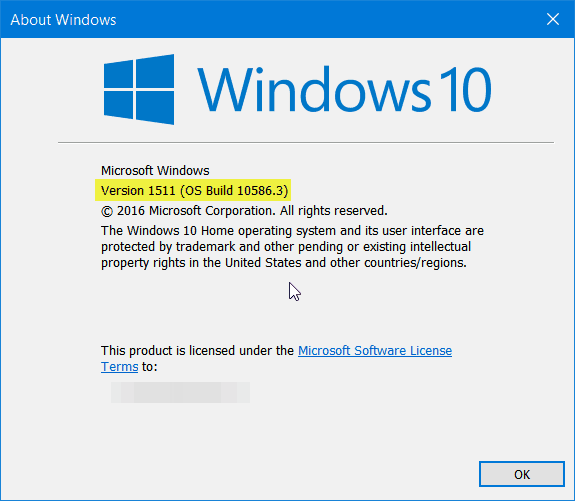

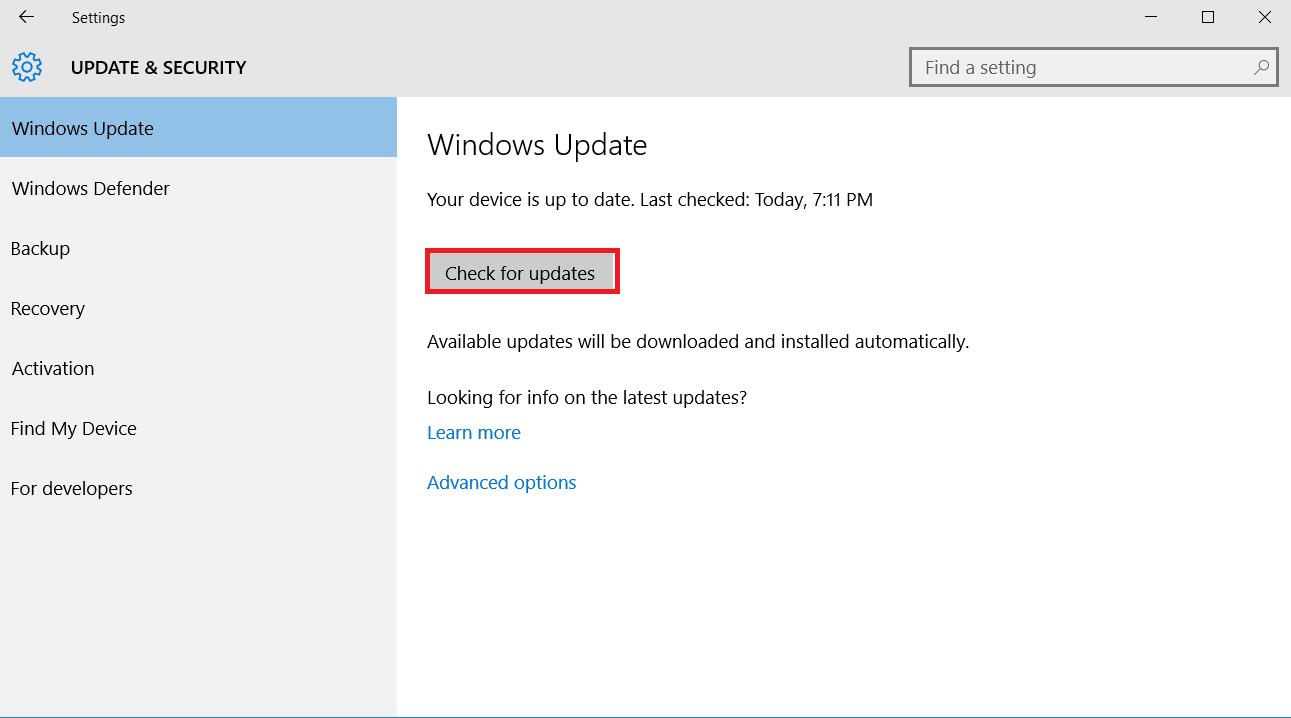
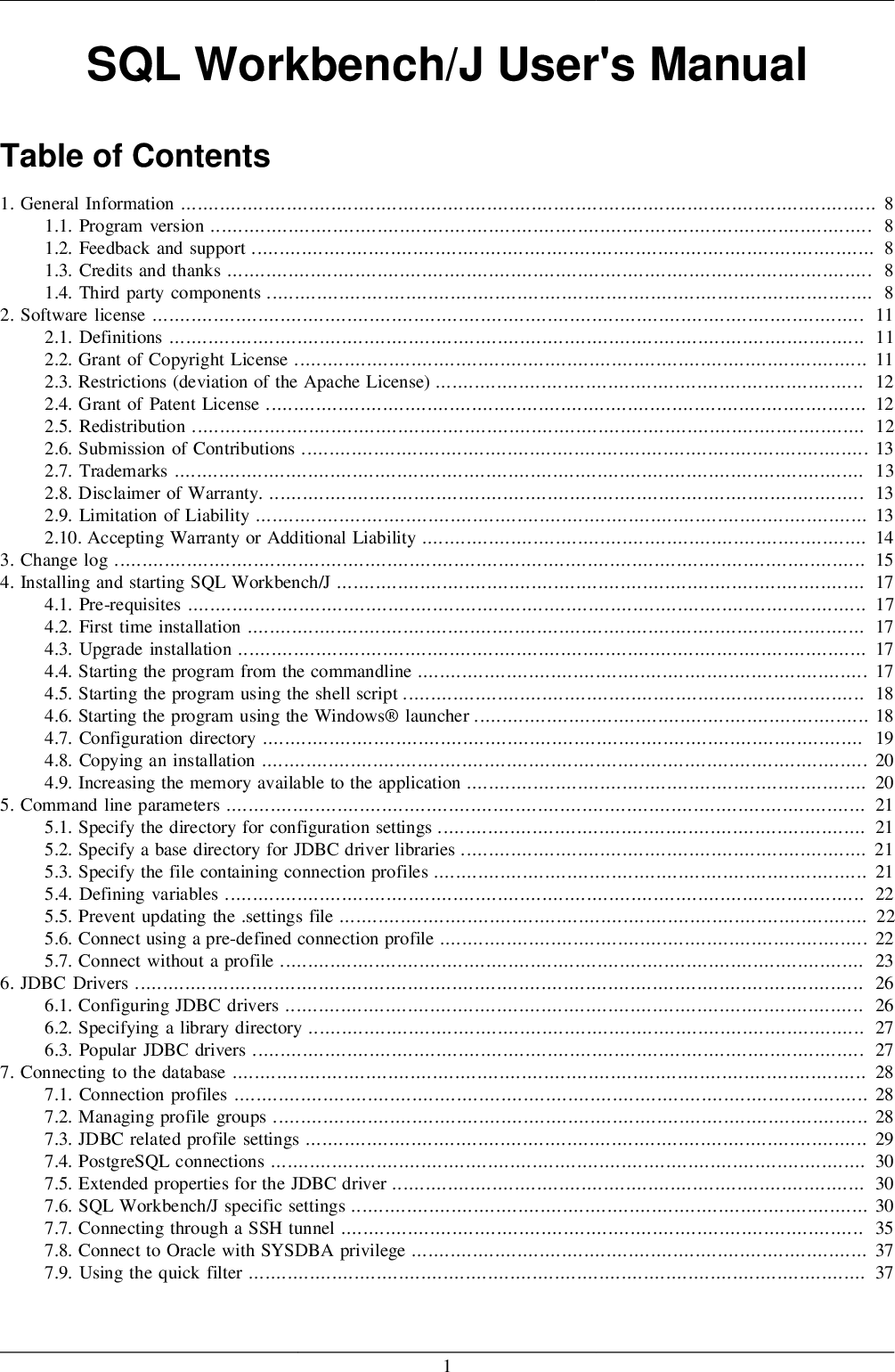
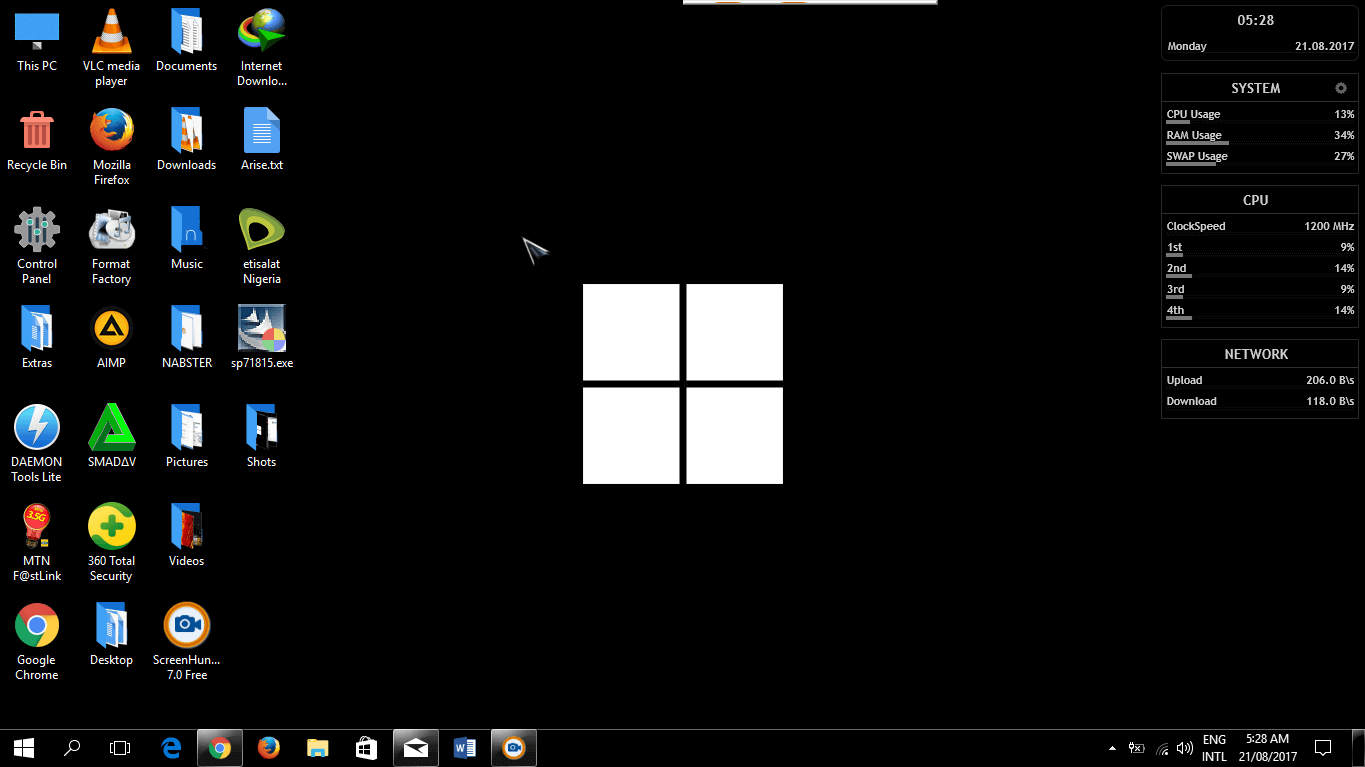


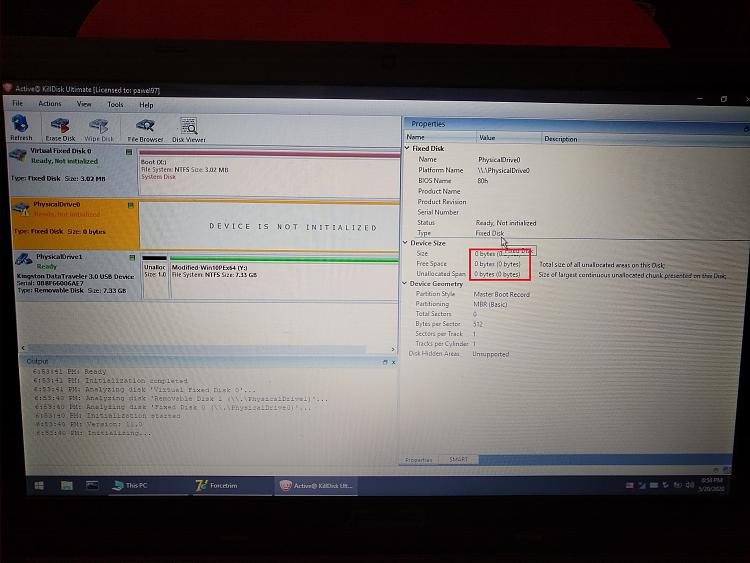



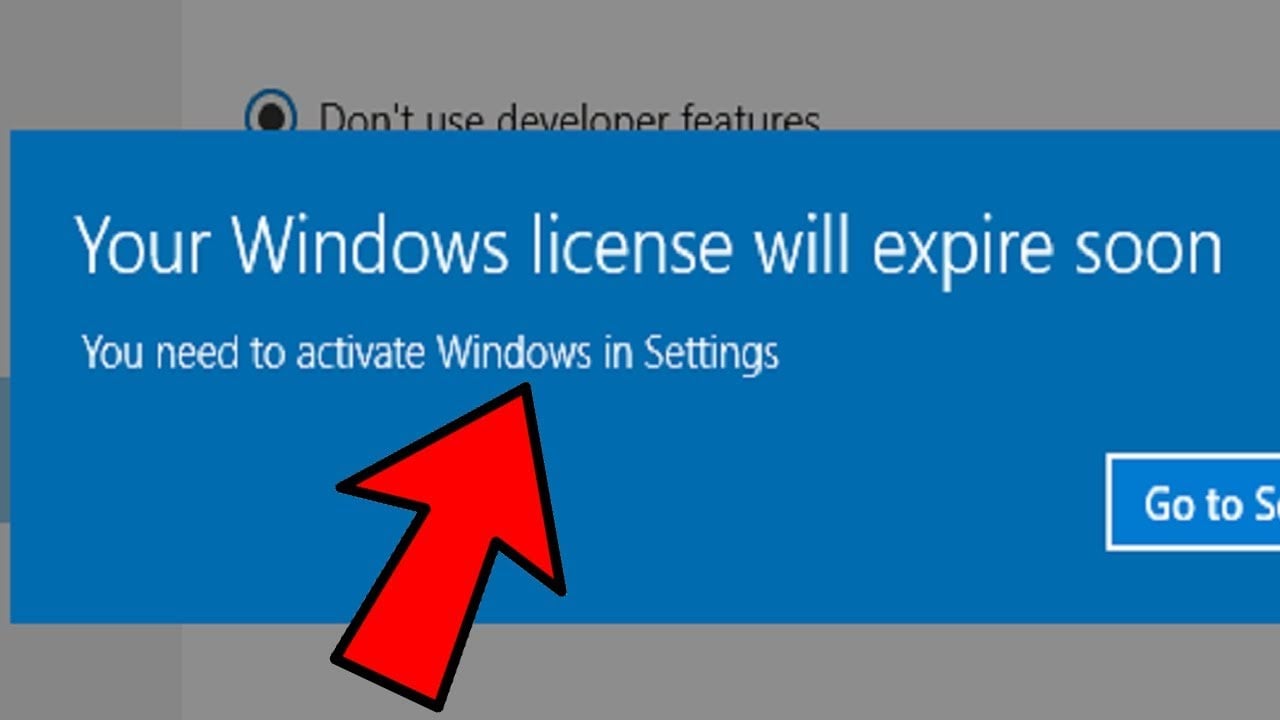








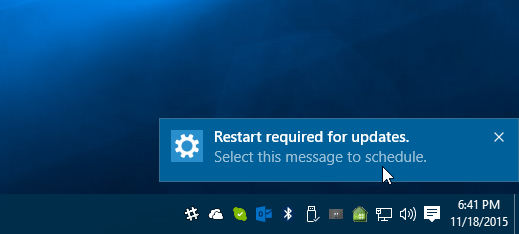
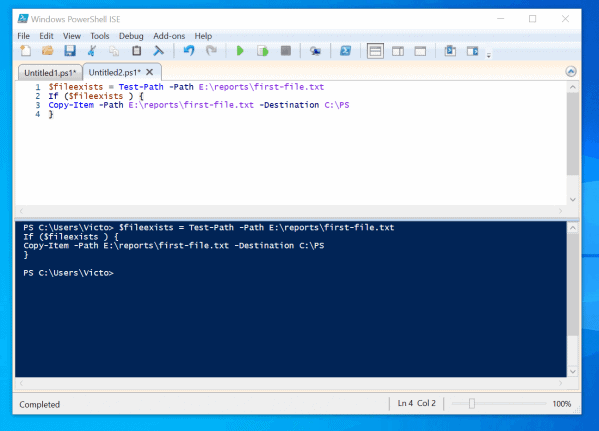
No comments:
Post a Comment
Note: Only a member of this blog may post a comment.